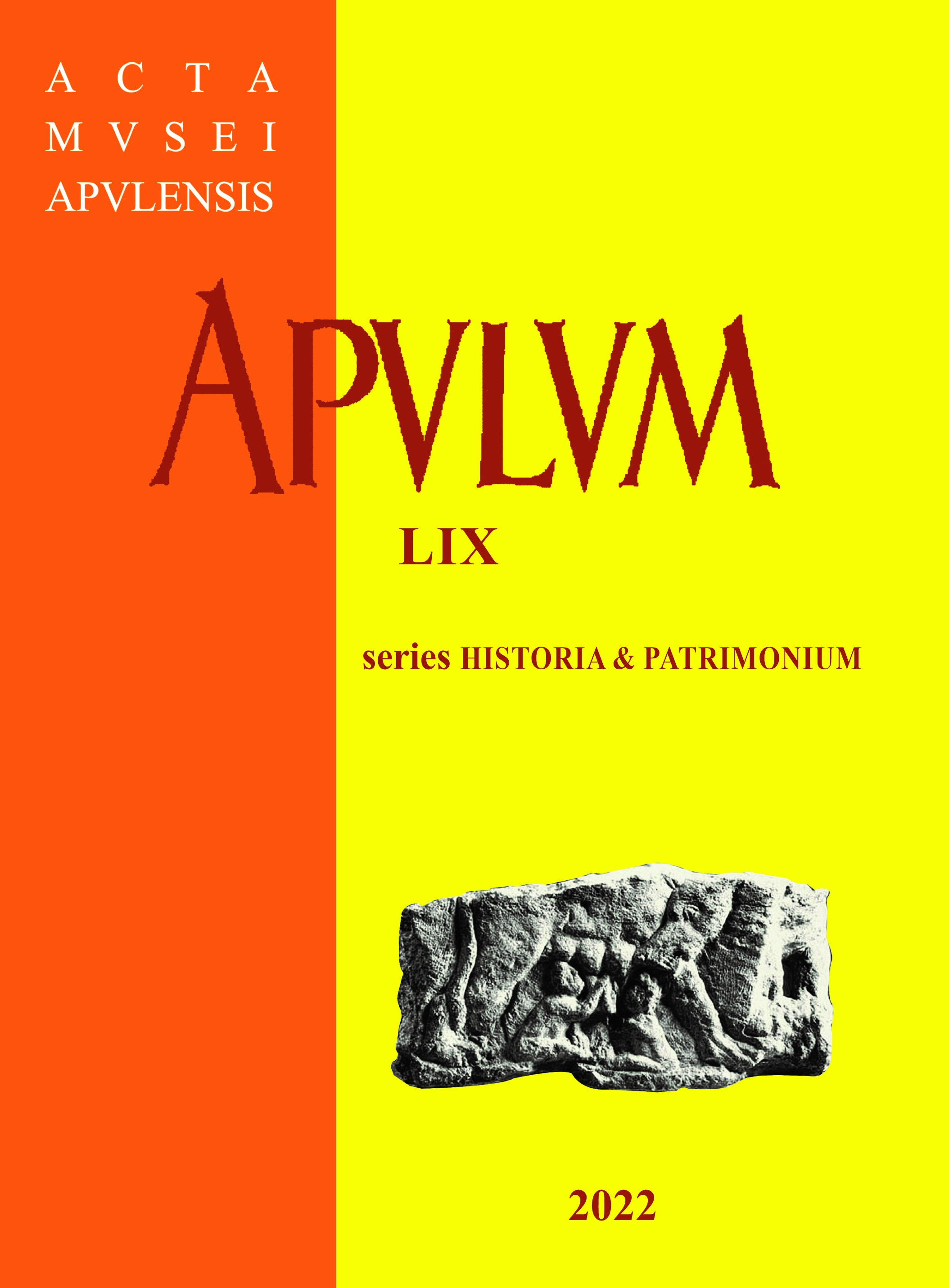Cotidian și sărbătoresc în portul popular din zona Podișului Secașelor (județul Alba)
Daily and Festive Folk Costume of the Secașe Plateau Area (Alba County)
Author(s): Adriana ȚuțuianuSubject(s): History, Customs / Folklore, Ethnohistory, Modern Age, Recent History (1900 till today), 19th Century, Present Times (2010 - today)
Published by: Muzeul National al Unirii Alba Iulia
Keywords: Secaşe Plateau area; folk costume; shirt; trousers; embroidery;
Summary/Abstract: Over time, the area of the Secaşe Plateau preserved the authentic feature of customs, together with the folk costume and endowment, that we encounter in: Cut, Daia Română, Deal, Şpring, Ohaba, Doştad, Drașov, Cîlnic, Gîrbova de Sebeş, Roşia de Secaş, communes located between the Mureş Valley, that of Târnava Mică and Tîrnava Mare, in the north-west and north, Visa Valley in the east, Sebeş Valley in the west and the Cindrel Mountains in the south.The Romanian folk costume. A category of textiles is that destined for the folk costume: embroidered blouses, aprons, shirts, woollen trousers, these totally preserving the characteristics of the costume from Sălişte (white-black), as in this area the influences of the shepherd life from Mărginimea Sibiului wielded. Therefore, the old costume with woven patterns of different colours overlaps with the one embroidered with black silk or cotton yarn. The Saxon folk costume The sumptuous and rich costume preserved in its chromatics both the inherited clothing items and those taken over from the city costume, adapted to the practical needs and taste of the population from the rural area. The variety and beauty of the folk costume from Alba County are explained by the extended development of crafts that made folk costume items and the domestic textile industry. Following the first half of the XIXth century, clothes and the Saxon and Hungarian models influenced traditional costumes, especially in villages bordering cities.
Journal: Apulum
- Issue Year: 2/2022
- Issue No: 59
- Page Range: 305-330
- Page Count: 26
- Language: Romanian
- Content File-PDF

